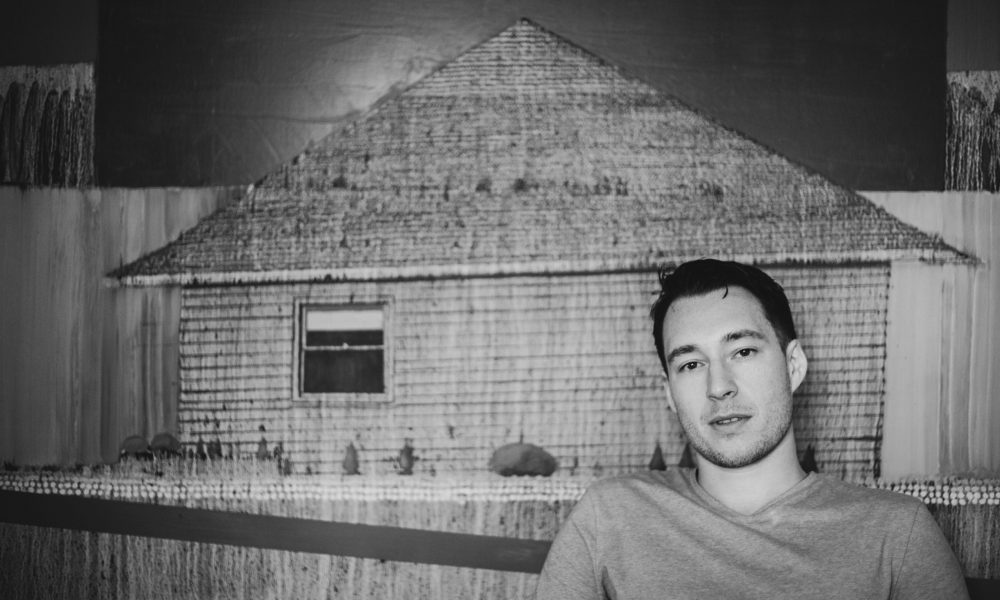

Today we’d like to introduce you to Zack Chomz.
Every artist has a unique story. Can you briefly walk us through yours?
Looking back; I’ve always been surrounded by creativity. Both my parents are creative. My father started his own engineering company developing technology. Some of my earliest memories are of spinning the gears and engine parts he brought home. My mother works as a designer, both industrial and graphic. She spent hours in her home studio creating all sorts of drawings, devices, products and packaging. I watched them both work endlessly. I am fortunate that both my parents draw fluently, and that they both drew alongside me as child. My mom would sit and teach me a new drawing lesson every weekend (for several years). She was my first art teacher.
After high school, I enrolled at MassArt to study illustration. Here I learned all about the language of composition and picture making. Over time, I realized that pictures didn’t have to make sense or be practical. They were also a place where I could break rules and a way for me to express ideas I didn’t have the language for. In college I discovered oil painting: I became obsessed. After graduating I was accepted to the Pennsylvania Academy of Fine Arts (PAFA) for my MFA, and did two years painting full-time. Since then I keep a regular studio practice making paintings and drawings, I’ve been teaching at MassArt as an adjunct professor, and I work as an illustrator for a design company in Boston called Pilot Studio.
Please tell us about your art. What do you do / make / create? How? Why? What’s the message or inspiration, what do you hope people take away from it? What should we know about your artwork?
For the past few years, I’ve been focused on painting. Im drawn to the idea that a painting can imply an event or a situation beyond the canvas. When I look at great paintings I feel an urge to know what may have happened in the space not depicted or what may have been happening in the wider culture at the time. In my own work, I want the viewer to have these same sorts of questions. It sounds strange but I can almost feel an omnipresence in great paintings; as if I’m being watched by something in the painting, or maybe by the painter. I want my viewers to feel these same sensations.
During a time of tension regarding borders and walls, I often think about the ability to hide away or be separate; whether it be entire communities becoming separated or simply individual people hiding away in phones. I think there is a part of my paintings that express my own desire for seclusion. The yards, neighborhoods, and other scenes reflect a need to block the outside world. Some of the paintings embrace this feeling, while others remain more suspicious. I like to think that the fences, yards and other motifs can act as borders, nations, and events. I hope the viewer considers the privilege, or lack thereof, of being able to disconnect from the world at large.
How or where can people see your work? How can people support your work?
Most artists want viewers to experience their creation in its fullness, so anytime people can see in person is awesome. Over the last few years I’ve shown in Philadelphia, New York City, and Boston. This year I was fortunate to be a part of a group show called “Above and Beyond” at A R E A Gallery in SOWA. People coming by to see the work meant a lot, especially my family, friends, and members from the Boston Art community. The best way to support is just coming to see the work when it’s out. People can also catch my work in New American Paintings Northeast Edition (134). Otherwise people can follow me on Instagram and also on my website.
As an artist, how do you define success and what quality or characteristic do you feel is essential to success as an artist?
Hmm. This is always a tricky one. For me, success is in the moments where people are compelled to debate some aspect of the work. During grad school I felt like a successful response was when two professors or peers disagreed completely and would then flesh out their viewpoints. To think that the work has the ability to generate conversation is what keeps me making. I also like to think that someone may see the plastic trash bag in Wasteful (2017) and be forced to think of the painting when they see a trash bag in real life. It seems naive to think the work can really do that, but being partly naive is crucial for the artist…and I happen to think art can have that impact. Ultimately, I make the work for myself. When I see the paintings after a long time it feels like I’m visiting old friends (sometimes old foes). Longterm success is continually making work that people find interesting, and continually surprising myself.
Contact Info:
- Address: Boston, MA
- Website: www.zchomz.com
- Email: Chomz.studio@gmail.com
- Instagram: @zchomz

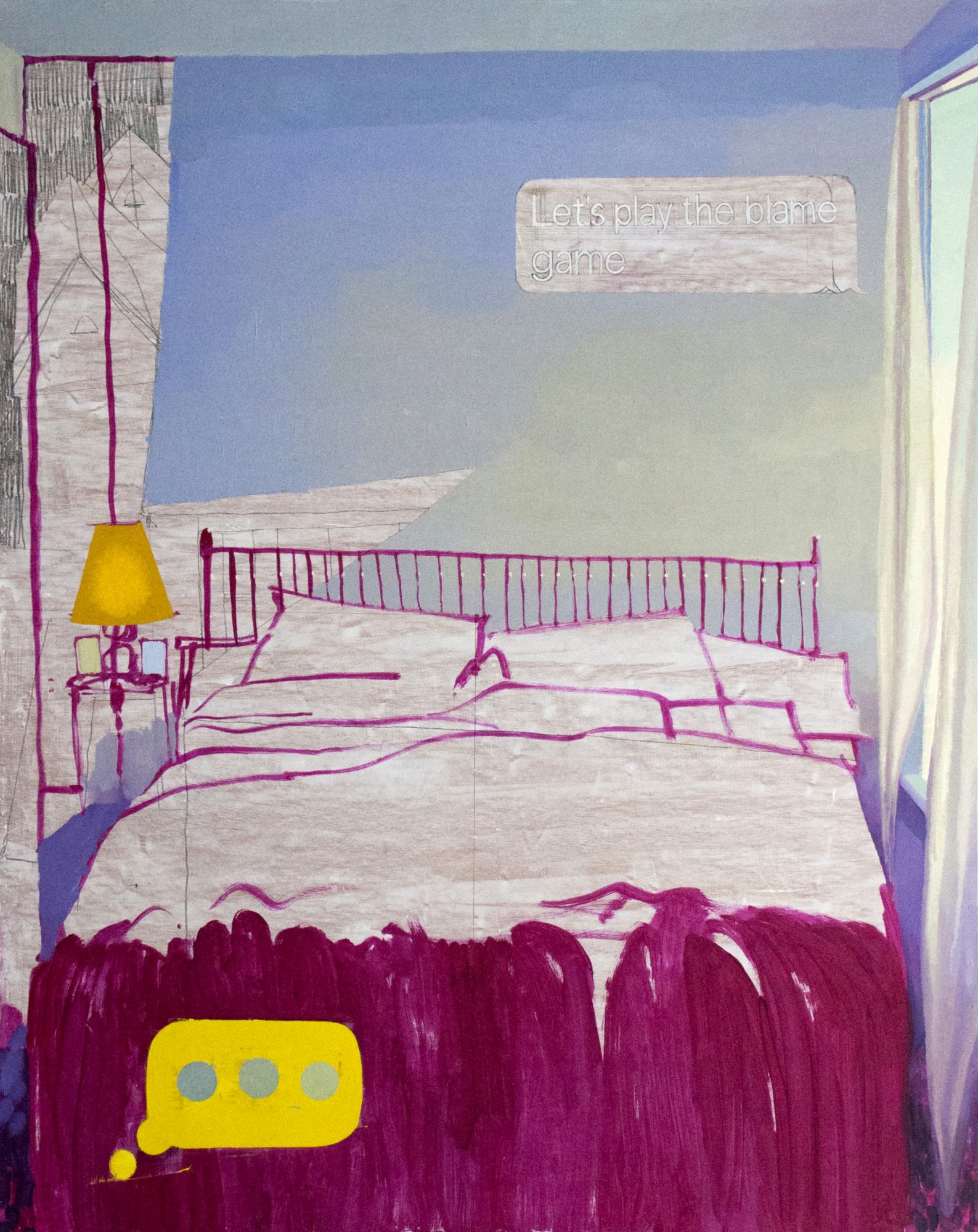
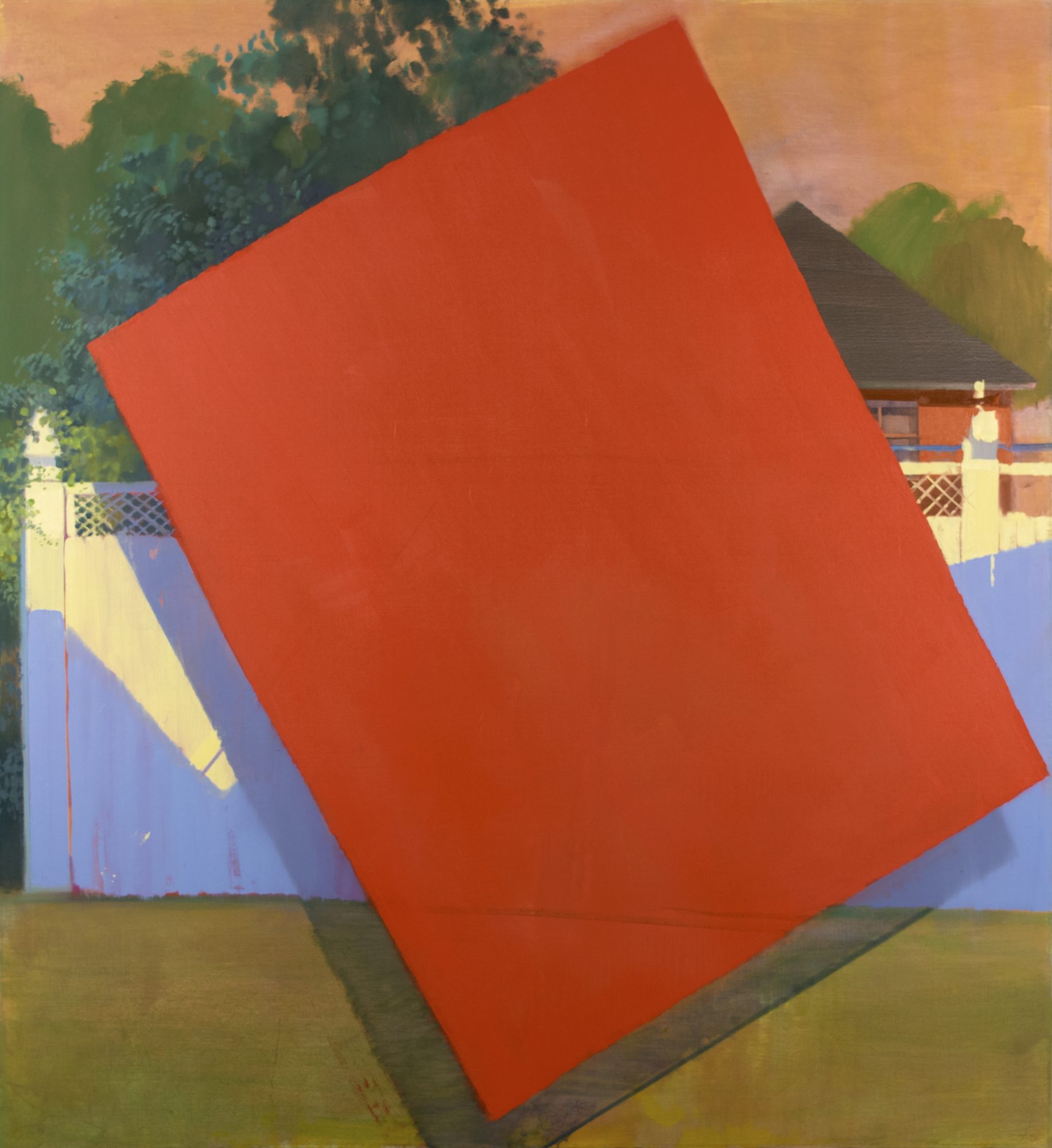
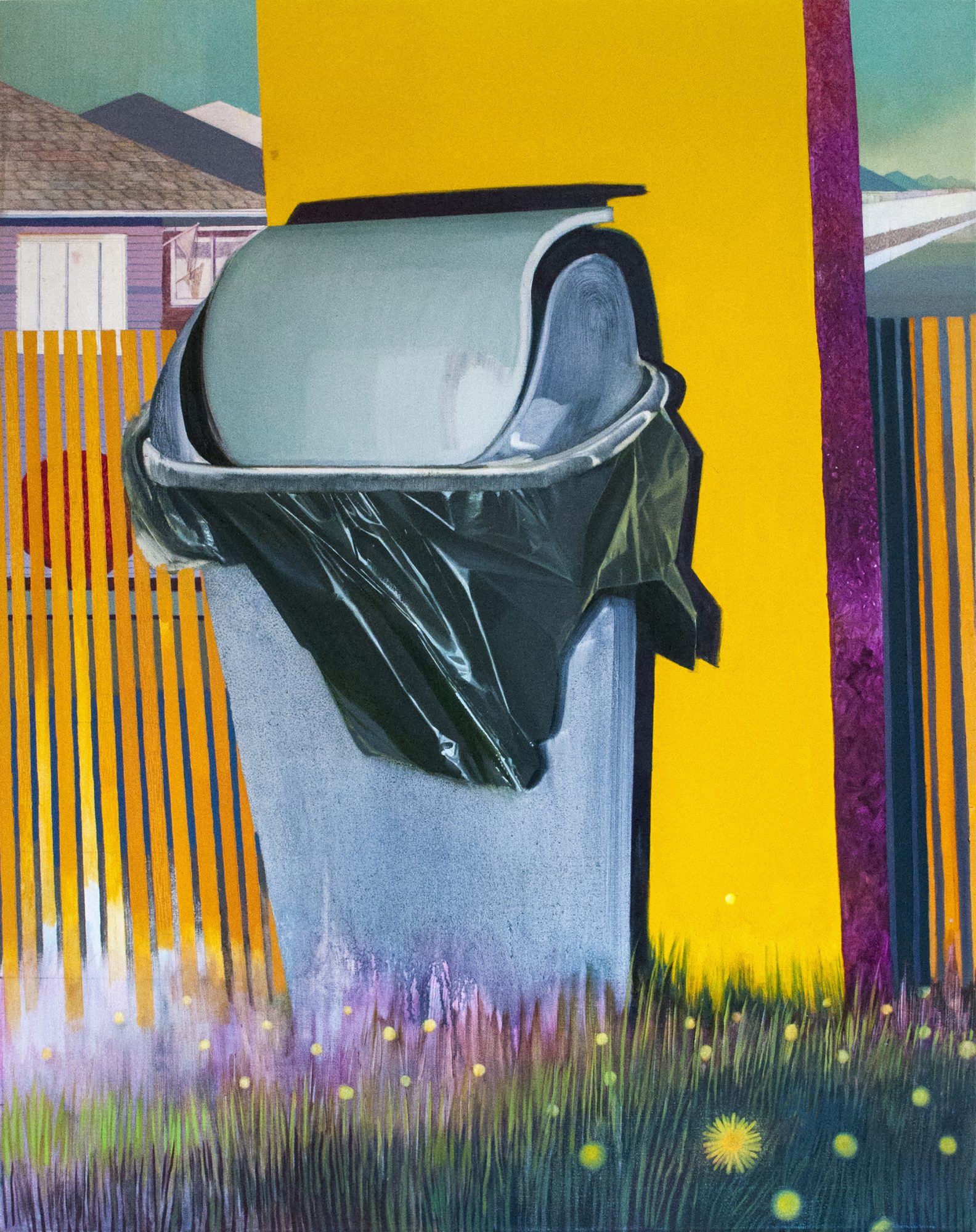

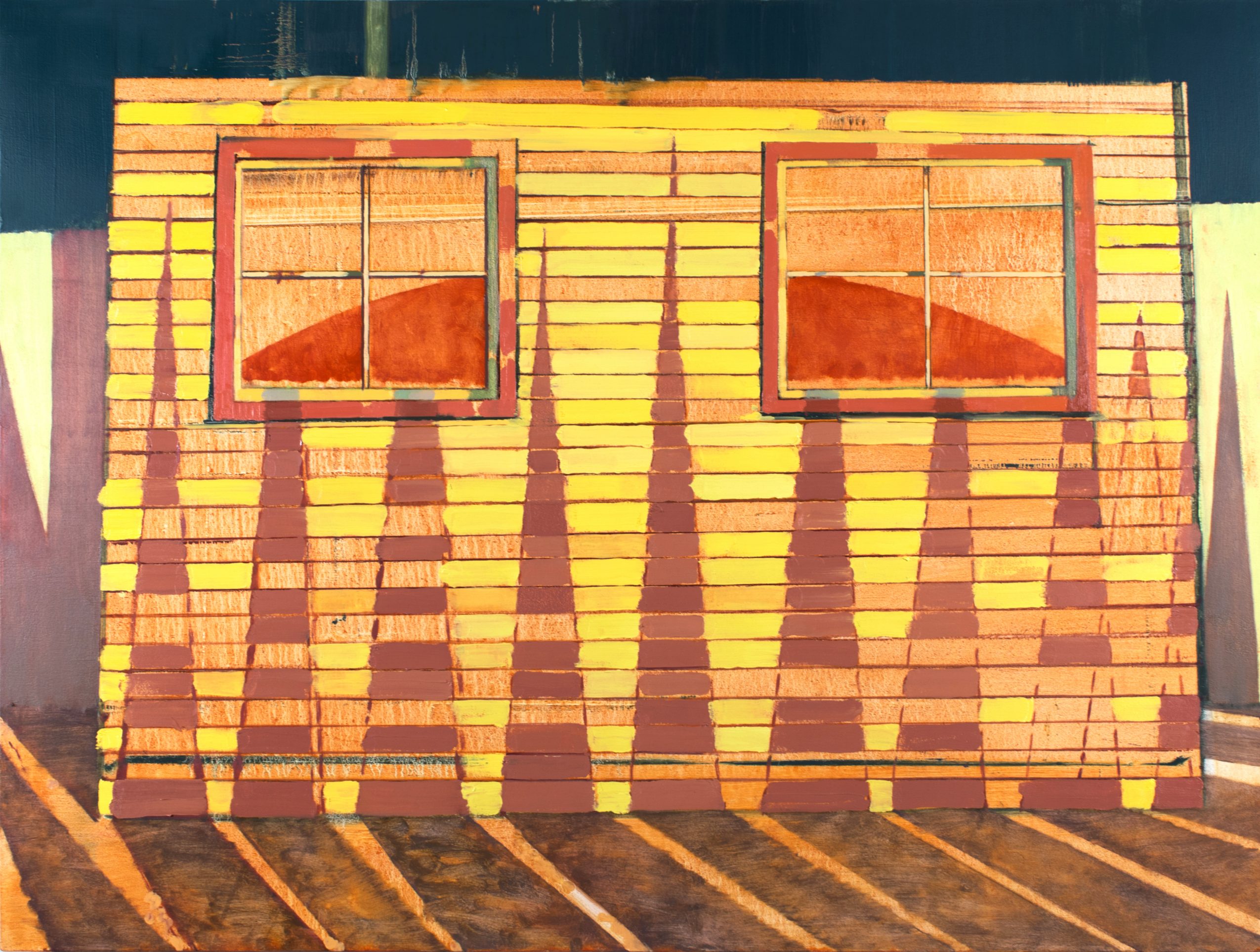
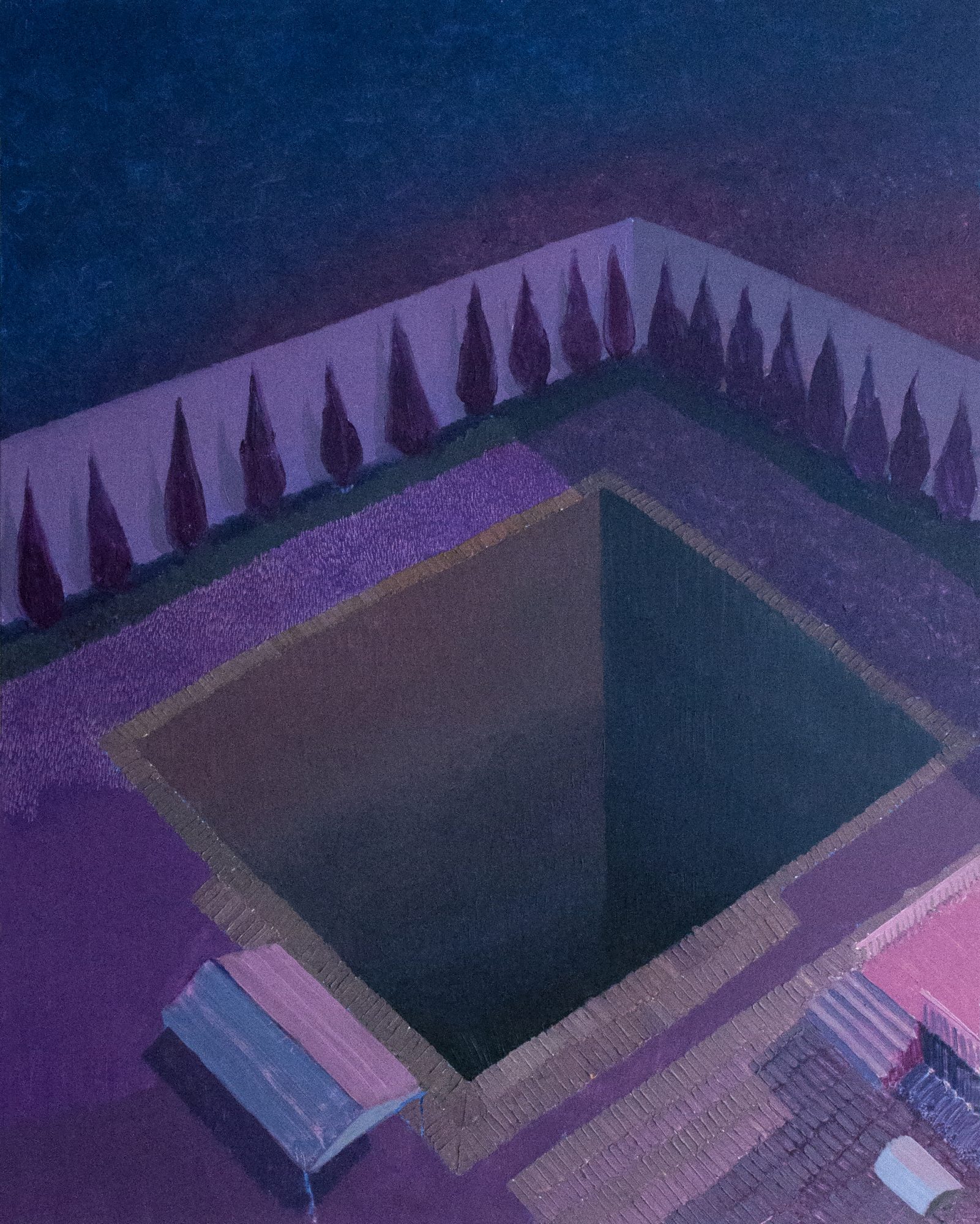
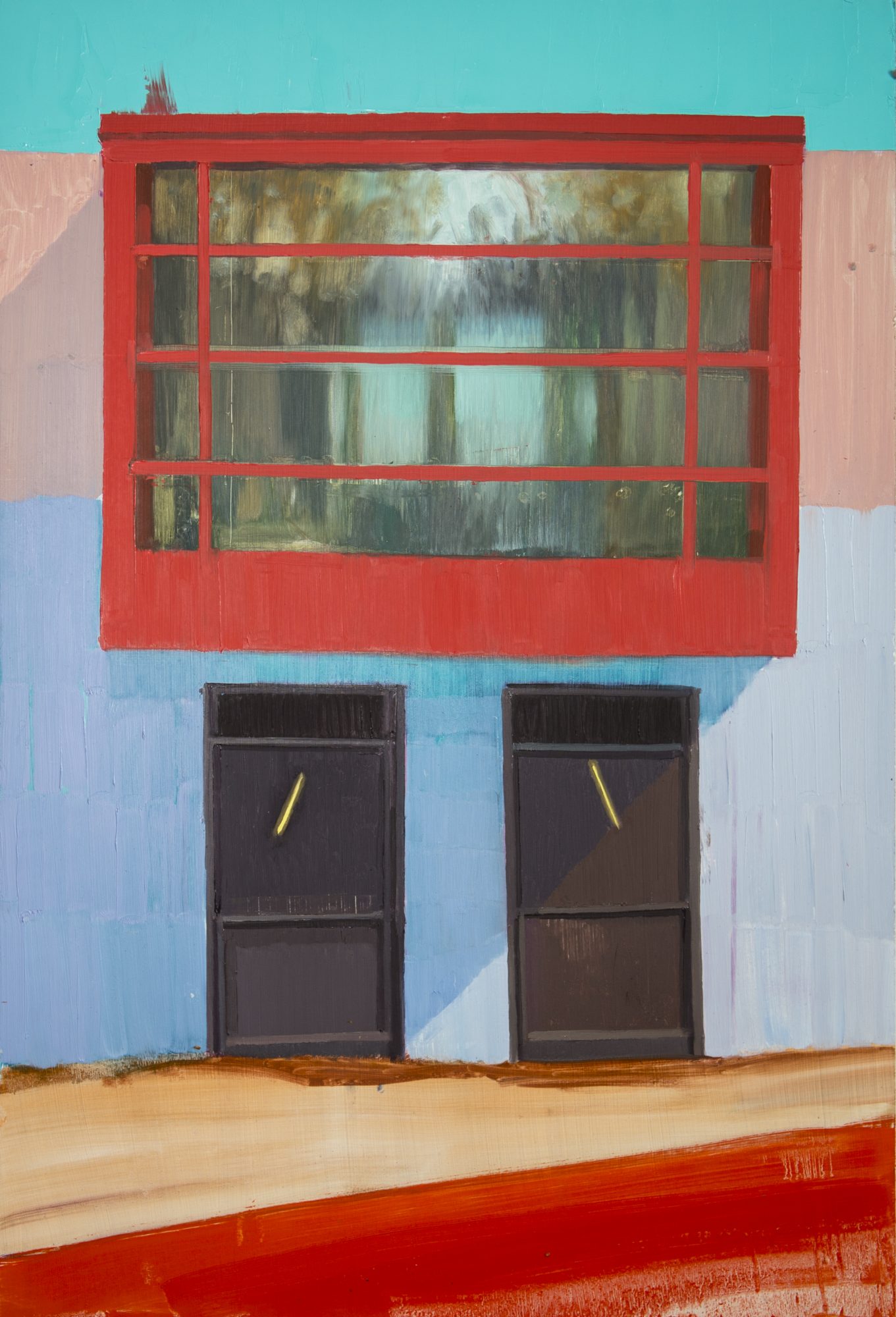 Image Credit:
Image Credit:
Nikolas Weikart
















